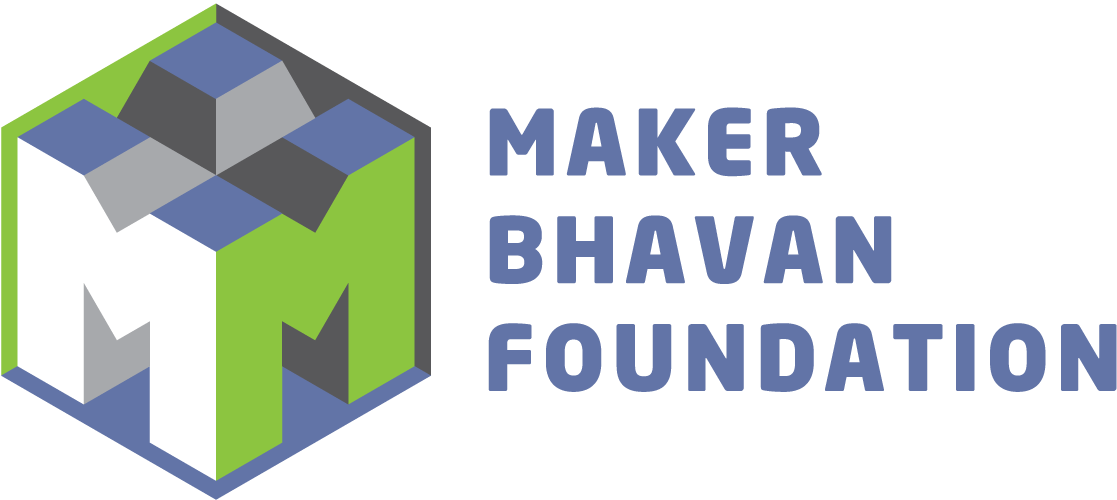August 2025
Application Launch
Aug-Sep 2025
Selection and Shortlisting
September 2025
Design Development Phase
Oct- Dec 2025
Prototyping and Interviews
January 2026
Final Prototyping, Bootcamp and Finale
Application Process
All entries received at the end of the application dates will go through a detailed screening process in four stages:
Stage 1: Application & Shortlisting
- Applicants submit basic entries (1000+ teams)
- No PPT/video.
- Applications open on Aug 1 and close on Aug 24.
- Shortlisting of the top 500 teams will be done from Aug 25th to 31st
Stage 2: Design Specification Stage
- Shortlisted applicants submit a PPT of design specifications by October 4th.
- No prototype video required.
- Shortlisting of 300 teams based on PPT review.
Stage 3: Prototype Stage
- Applicants submit a prototype video and updated PPT between Dec 1st to Dec 6th 2025.
- Virtual interviews will be conducted with 100 shortlisted teams (semi-final round).
- Jury to select 12 finalist teams.
Stage 4: Finals Stage
- The final 12 teams attend a physical 2-day bootcamp and pitch their final functional prototypes in a hybrid/physical finale on 24th Jan 2026. 4 winners will be declared.
Eligibility Criteria
- A team of minimum two or maximum five student members.
- Team members need to be Undergraduate/Postgraduate students from any govt. recognized engineering/STEM college or university from India, Nepal, Bhutan, Bangladesh, or Sri Lanka.
- If you have a faculty member as a team member, they can be included. Additionally, if your team is selected for the finals, the faculty member can accompany you to IIT Hyderabad. Please note: The team lead must be a student.
- We will group UG and PG students separately. Prior research work by a student team will not be recognized. Teams will be judged on the specific prototyping work they did during the competition.
- The solution must have a significant hardware component and has to be demonstrated onsite at the finals.
Assessment Methods
Our mentors and jury will manage the structure and judging of the competition. Entries will be shortlisted and judged on the following criteria: –
- Relevance: Is the invention addressing a real problem?
- Effectiveness: Does the prototype work? Is it Cost-Effective?
- Clarity:Is the scientific and logic chain about the product, idea or innovation robust? What can be the pitfalls in the chain of reasoning?
- Uniqueness: How do the benefits compare to the solutions available in the market?
- Patentability: Are the solution and prototype patentable? (IP shall belong to team members)
- Commercial Viability: How does the cost compare to other things in the market?.
- Fact Check: What has been done in the past to address what you are addressing?
- Ease of use: Is the solution practical and easy to deploy? How will it be used by the user?

